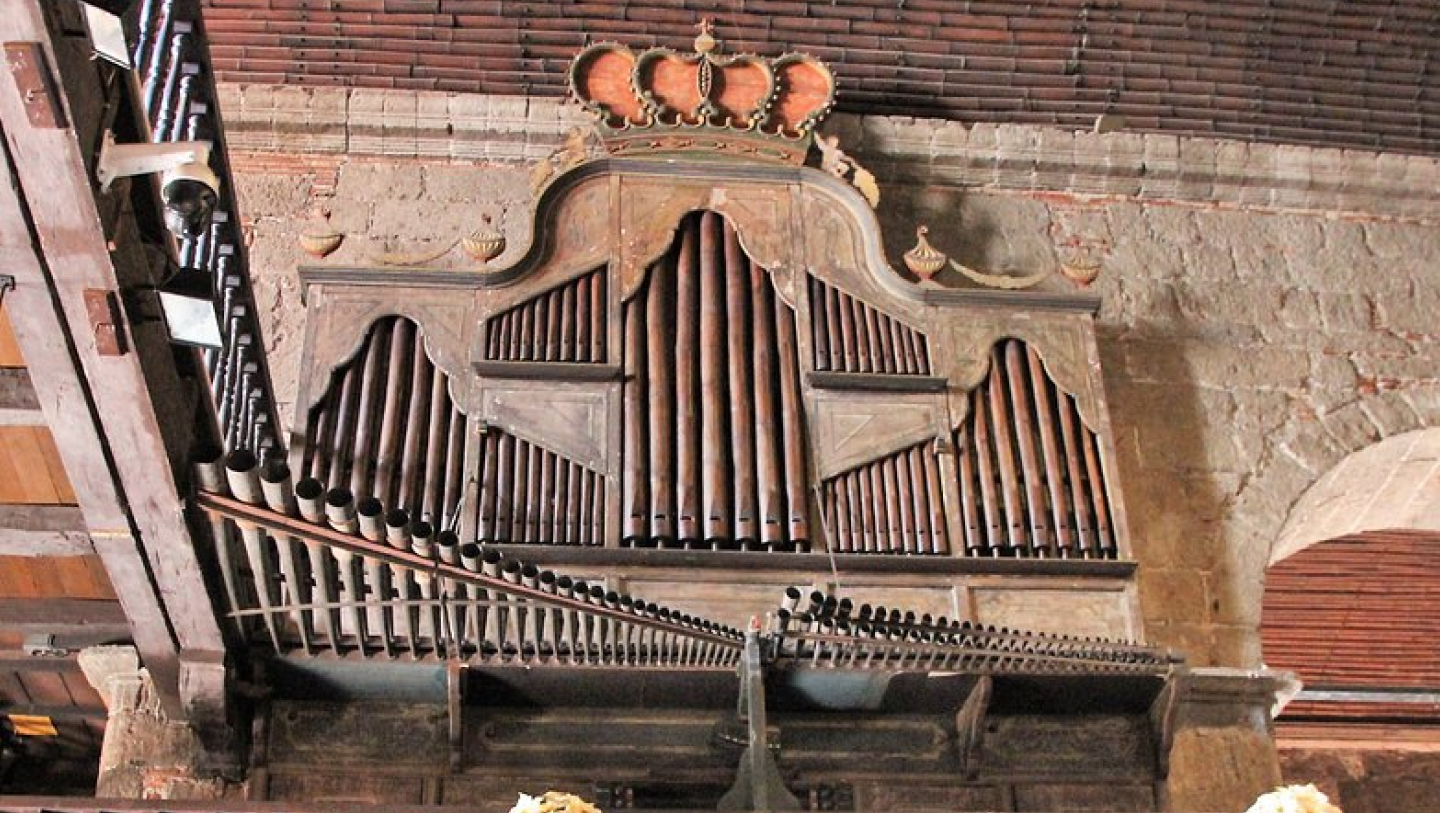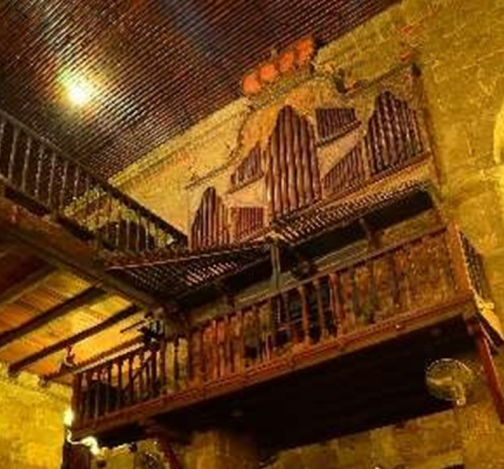



Learn more about the world-famous Bamboo Organ, a Philippine National Treasure




The Bamboo Organ of Las Piñas City is the most famous bamboo organ in the world. Its total number of pipes is 1,031 of which 902 are made of bamboo and the remaining pipes are made of metal.
The genius who adapted this European instrument to the Filipino climate using the native material, was a Spanish missionary from Graus (Huesca, Spain) Fray Diego Cera Dela Virgen Del Carmen (1762-1834). When Fr. Cera arrived in 1792, he was immediately assigned to construct a large organ for the mother church of the Recoletos in San Nicolas, the present site of Manila Bulletin. In December 26, 1795, Fr. Cera was assigned as parish priest to Las Pinas.









Fr. Cera used bamboo for its durability and performance. As Las Piñas is a coastal area, Fr Cera buried the bamboo he would use for the organ under the beach sand to wash them and remove any trace of sugar and starch.
According to the Libro de Cosas Notables de la parroquia de Las Piñas :
“In 1817, Father Diego began to make the organ with the bamboo tubes that according to the reports were for a long time covered with sand on the beach to cure them well, so that they would not be attacked by insects.
In 1821, Father Fray Diego continued his work in the construction of the church and concluded the curious and famous organ of cane, except for the clarineria (trumpets). It is a first class organ and unique in the Philippines and perhaps in the world because of the special nature of its materials.”
It is also in Las Piñas where Fr. Cera is believed to have established his workshop and train skilled organ builders. It is most likely that he built in Las Piñas the 3 more organs for Intramuros between the years 1797 until 1813. Fr. Cera spent the rest of his life in Las Pinas until his death on June 24, 1832.
As natural disasters struck, a typhoon followed by an earthquake destroyed the roof of the church in the 1880’s so that stones and water fell inside the organ case which made it unplayable for several years.



The CICM (Congregatio Immaculati Cordis Mariae - Congregation of the Immaculate Heart of Mary) arrived in Las Pinas in 1910. Fr. Victor Faniel, who greatly appreciated the historic value of the instrument, reassembled the Bamboo Organ in 1917. In 1972, the Bamboo Organ was sent to Bonn, Germany for its total restoration. Hans Gerd Klais who did the restoration was impressed by the craftsmanship in the building of the Bamboo Organ with the highest artistic quality that endured through time.
The restored organ came home in March 1975 welcomed joyously and with pride by the Filipino people. Since then, the annual International Bamboo Organ Festival is held every February attracting both local and international tourists and music enthusiasts. The festival continues to run up to this time.
To help preserve the Bamboo Organ’s cultural heritage, generous sponsors provided scholarships to talented students from Las Pinas who studied organ playing and organ building in Austria, Germany and Belgium.
On November 24, 2003, the National Museum of the Philippines officially declared the Las Piñas Bamboo Organ as a National Cultural Treasure.








